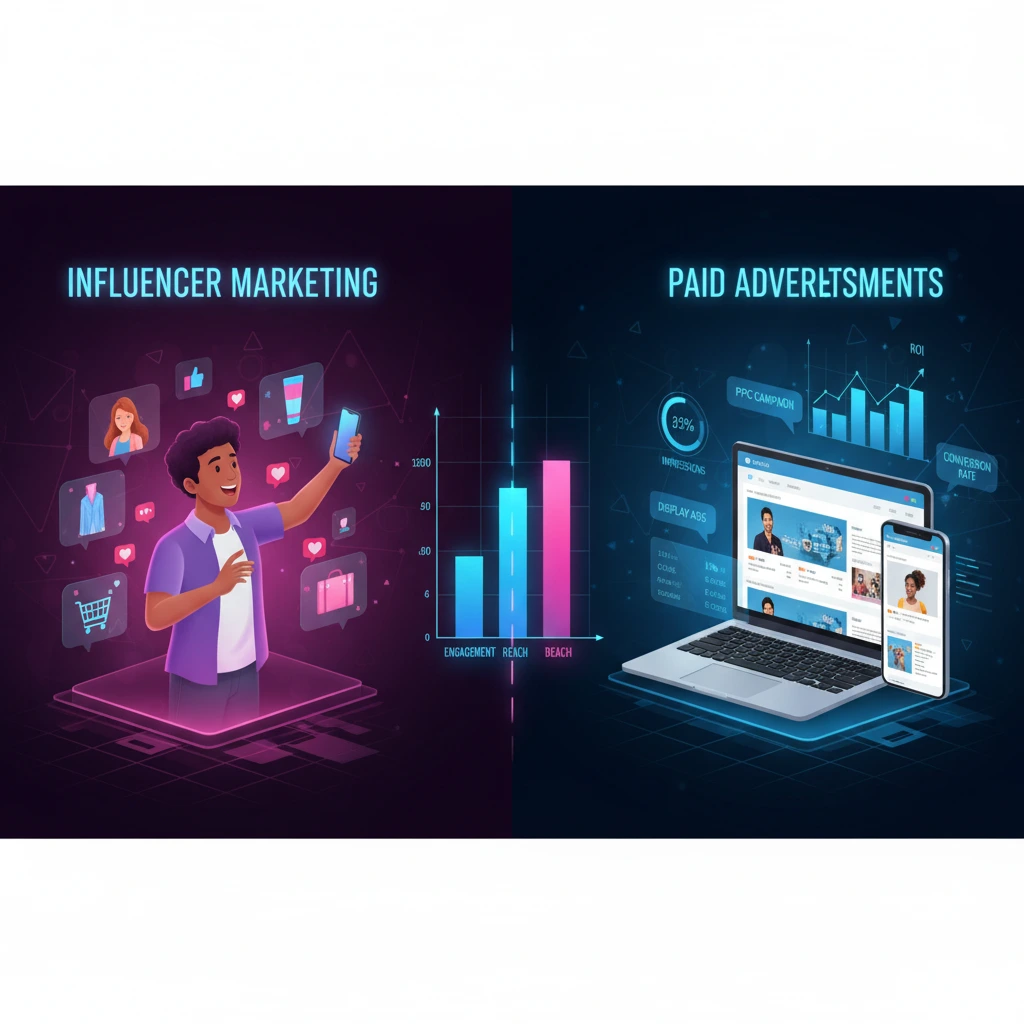Dropshipping has been one of the most popular e-commerce business models over the past decade. It allows entrepreneurs to sell products online without maintaining inventory, handling shipping, or managing warehouses. But with increasing competition, rising advertising costs, and changing consumer behavior, many aspiring entrepreneurs are asking: Is dropshipping still profitable in 2025?
In this article, we’ll explore the current state of dropshipping, key trends, challenges, and strategies for making it work in today’s competitive e-commerce landscape.
What Is Dropshipping?
Dropshipping is a retail fulfillment method where a store sells products without keeping them in stock. Instead, when a customer places an order, the store purchases the item from a third-party supplier, who ships it directly to the customer.
The main advantages of dropshipping include:
- Low startup costs since you don’t need to buy inventory upfront.
- Flexibility to sell a wide variety of products without warehousing concerns.
- Scalability as you can expand your product range easily.
However, these advantages come with challenges such as low profit margins, high competition, and reliance on suppliers for fulfillment and product quality.
Why Dropshipping Has Become More Challenging in 2025
1. Increased Competition
Dropshipping is no longer a niche market. Many entrepreneurs have entered the space, resulting in intense competition for popular products. Platforms like Shopify, WooCommerce, and TikTok Shop have lowered barriers to entry, which means more sellers are targeting the same products and keywords.
This competition often leads to lower profit margins and higher customer acquisition costs, making it harder for new dropshippers to stand out.
2. Rising Advertising Costs
Paid ads, especially on Facebook, Instagram, and Google, are critical for driving traffic to dropshipping stores. However, advertising costs have risen steadily, and the return on ad spend (ROAS) can be unpredictable. Many new dropshippers struggle to achieve profitable campaigns without investing significant time in learning ad targeting and optimization strategies.
3. Consumer Expectations Are Changing
Modern e-commerce customers expect:
- Fast shipping, often within 3–5 days.
- High-quality products with clear descriptions and accurate images.
- Reliable customer service and easy returns.
Since dropshipping relies on third-party suppliers, meeting these expectations can be challenging. Delays or poor-quality products can result in negative reviews and high refund rates, which impact profitability.
Trends Making Dropshipping Viable in 2025
Despite the challenges, dropshipping is still viable if approached strategically. Key trends include:
1. Niche Focus
Successful dropshipping businesses in 2025 focus on specific niches rather than mass-market products. By targeting a well-defined audience, you can reduce competition, establish authority, and increase customer loyalty.
For example, instead of selling generic “home decor,” dropship “eco-friendly bamboo kitchen accessories” or “ergonomic office desk organizers.”
2. Integration with Social Commerce
Platforms like TikTok, Instagram, and Pinterest have transformed social commerce. Dropshipping entrepreneurs can leverage influencer marketing and shoppable posts to reach highly targeted audiences without relying solely on paid ads.
Short-form video content, unboxing videos, and tutorials are particularly effective at driving engagement and sales.
3. Automation Tools
Modern dropshipping platforms offer automation for:
- Order processing
- Inventory updates
- Customer notifications
Automation reduces manual work, allowing entrepreneurs to focus on marketing, product selection, and customer experience, which improves profitability and scalability.
Strategies for Profitability in 2025
To succeed in dropshipping, businesses need more than just product listings. Here are proven strategies:
1. Choose High-Margin Products
Avoid ultra-competitive low-cost items. Focus on products with higher profit margins where customers are willing to pay for quality, convenience, or unique features.
Consider bundles, customizations, or exclusive products sourced from reliable suppliers.
2. Build a Strong Brand
A strong brand differentiates your dropshipping store from generic competitors. Invest in branding, packaging, and a professional website. Consistent branding builds trust and loyalty, which can lead to repeat purchases and higher lifetime value (LTV).
3. Optimize Your Store for SEO
Organic traffic is essential for reducing reliance on paid ads. Optimize product pages for keywords, meta descriptions, and high-quality images. Create blogs, guides, or tutorials around your niche to attract search traffic.
SEO can provide a sustainable, long-term traffic source, reducing marketing costs and improving profitability.
4. Offer Exceptional Customer Service
Even if you don’t handle fulfillment directly, ensure prompt communication and transparent policies. Consider:
- Providing tracking information.
- Responding quickly to inquiries.
- Offering hassle-free returns.
Good customer service enhances brand reputation and encourages repeat purchases.
5. Leverage Influencer Partnerships
Collaborate with micro-influencers in your niche to generate authentic content and social proof. Influencer marketing can be more cost-effective than paid ads and drives engaged traffic with higher conversion potential.
The Bottom Line: Is Dropshipping Still Profitable?
Yes, dropshipping can still be profitable in 2025, but the old model of finding a trending product and running paid ads is no longer enough. Successful dropshippers focus on:
- Niche markets
- Brand building
- Customer experience
- Diversified traffic sources including social media, SEO, and email marketing
Profitability depends on your ability to differentiate, manage costs, and deliver value to customers. Dropshipping is no longer a shortcut to easy money—but with strategy, creativity, and persistence, it remains a viable and rewarding business model.




